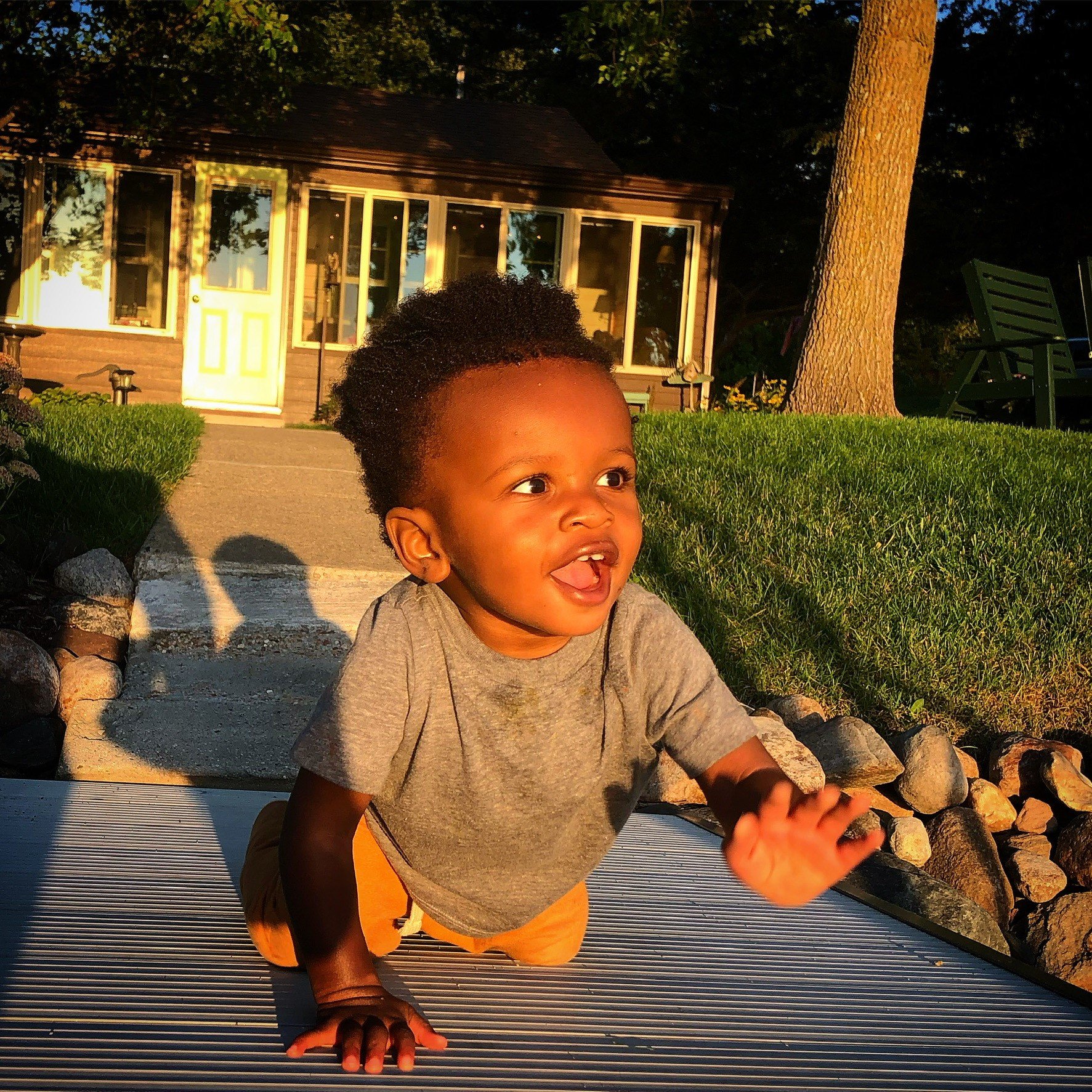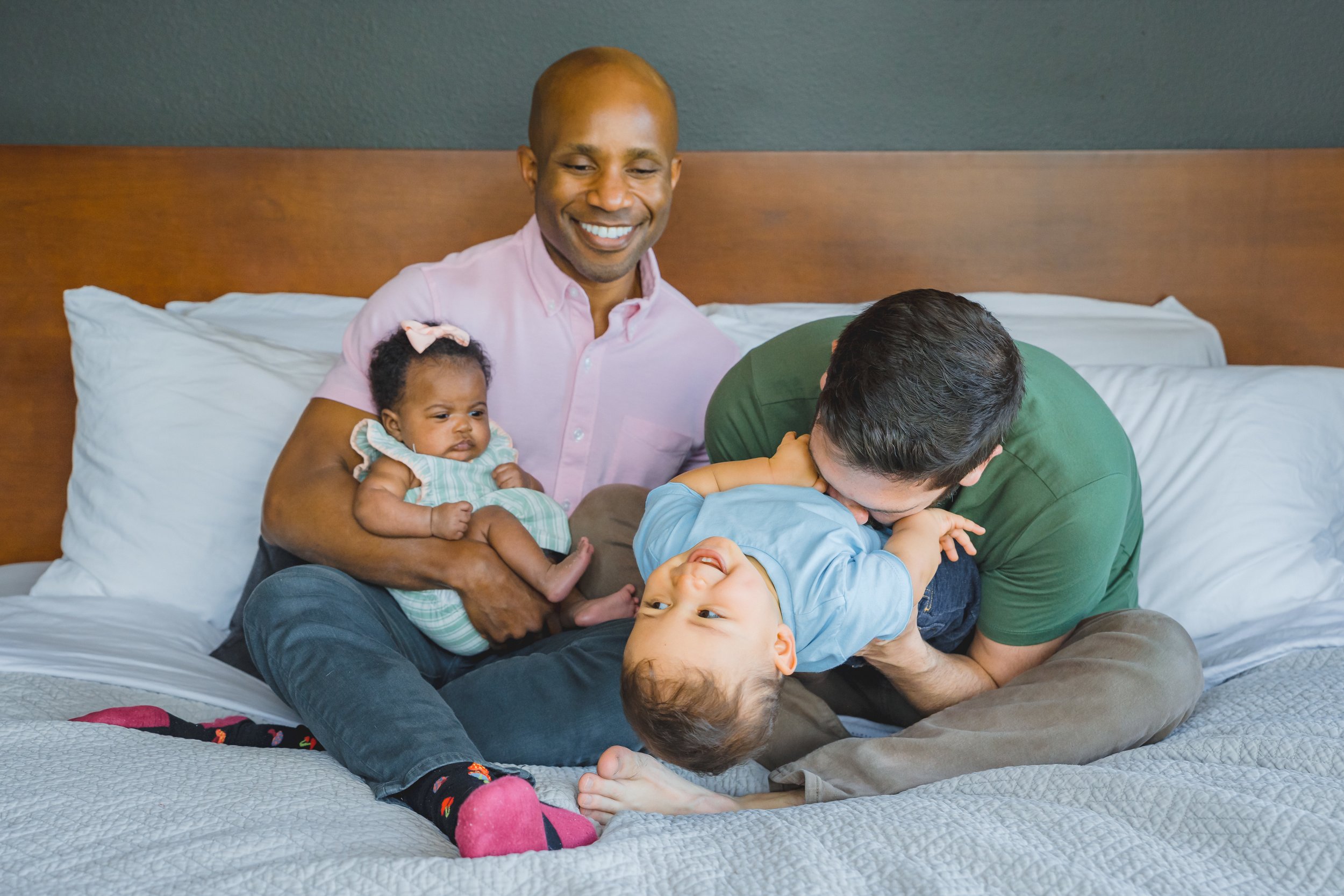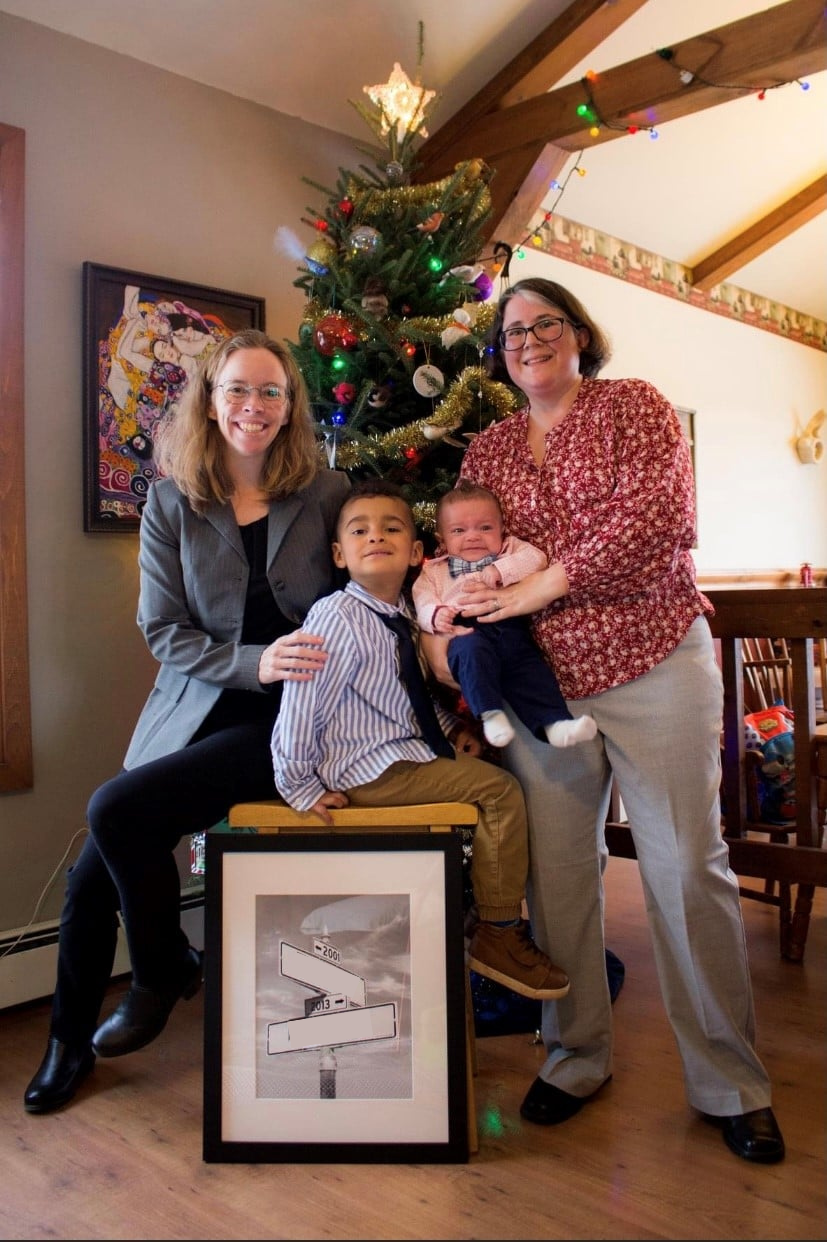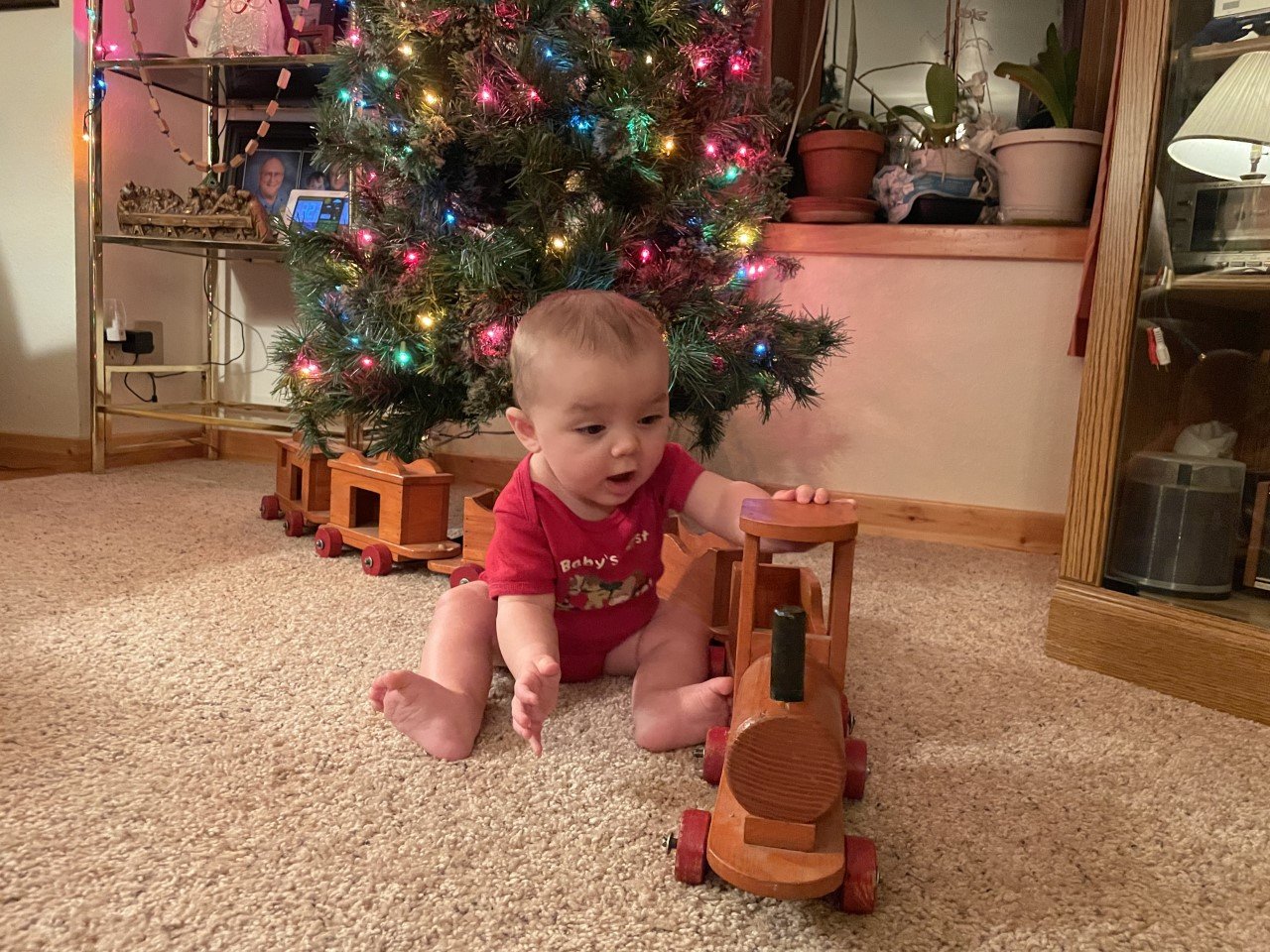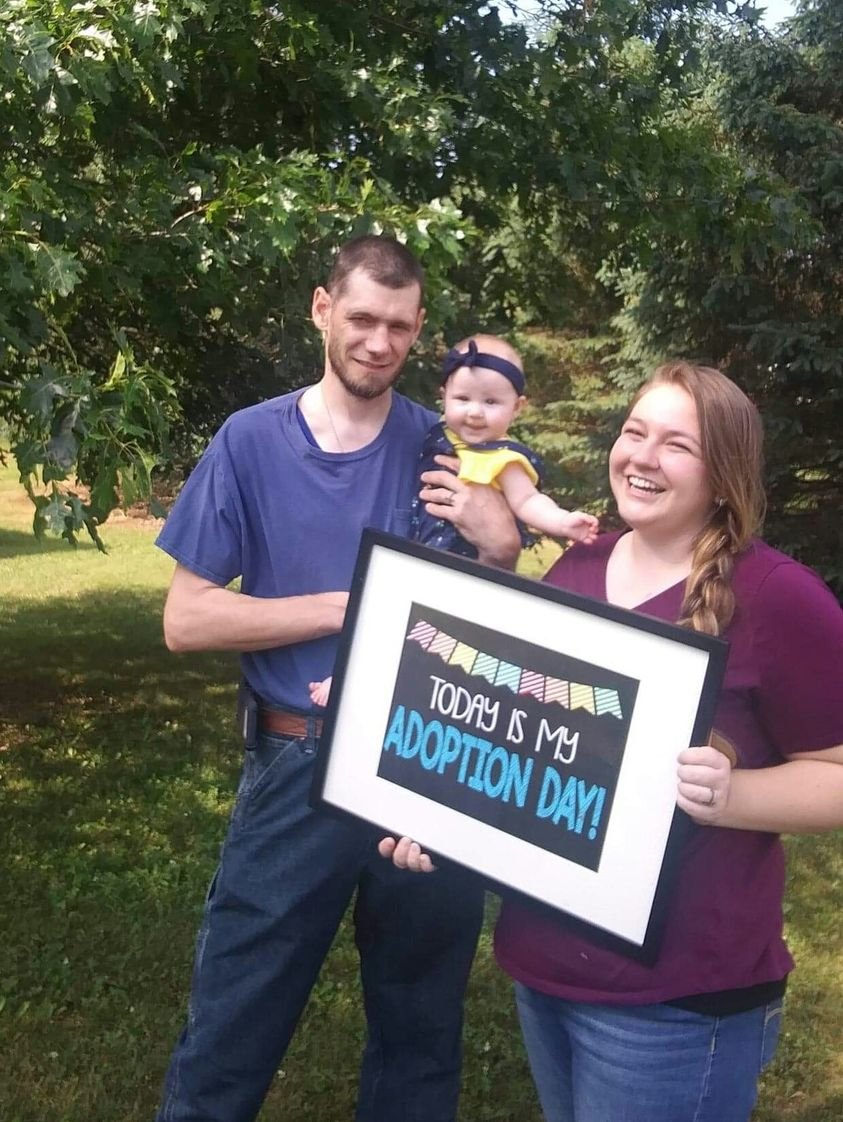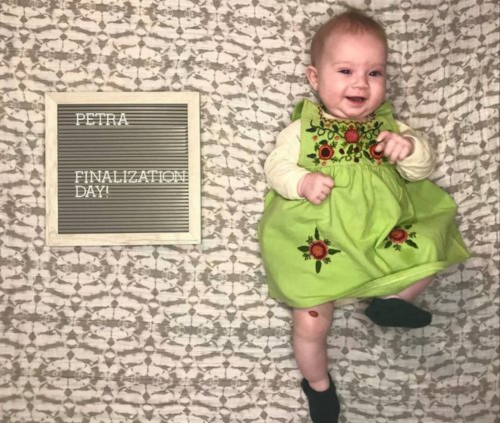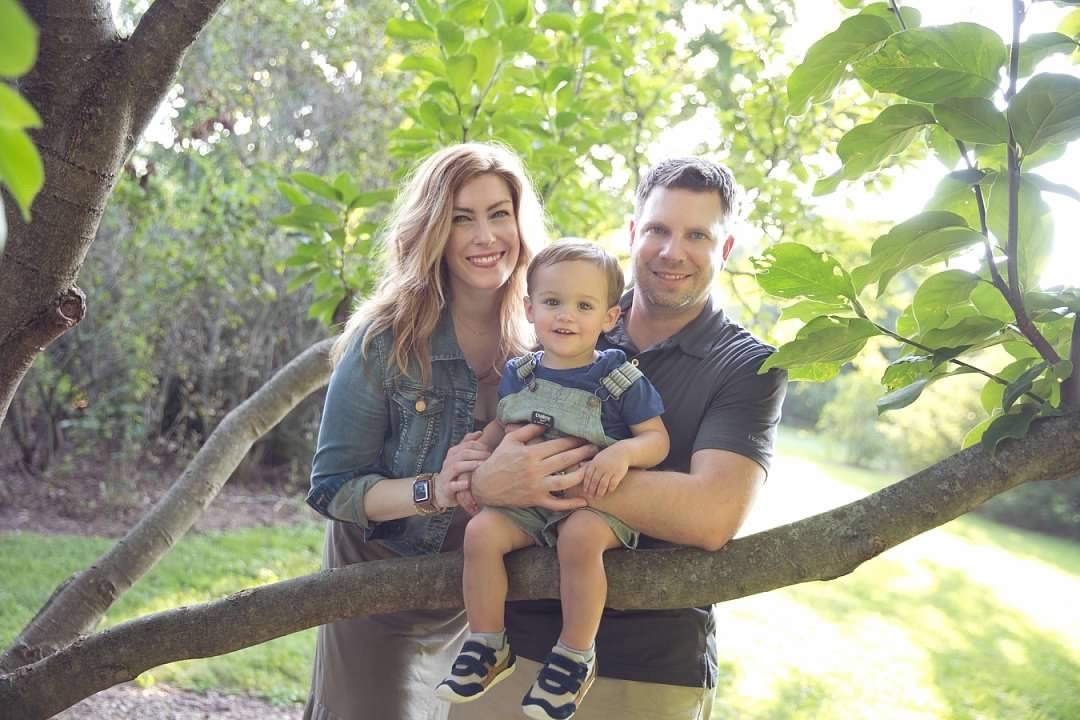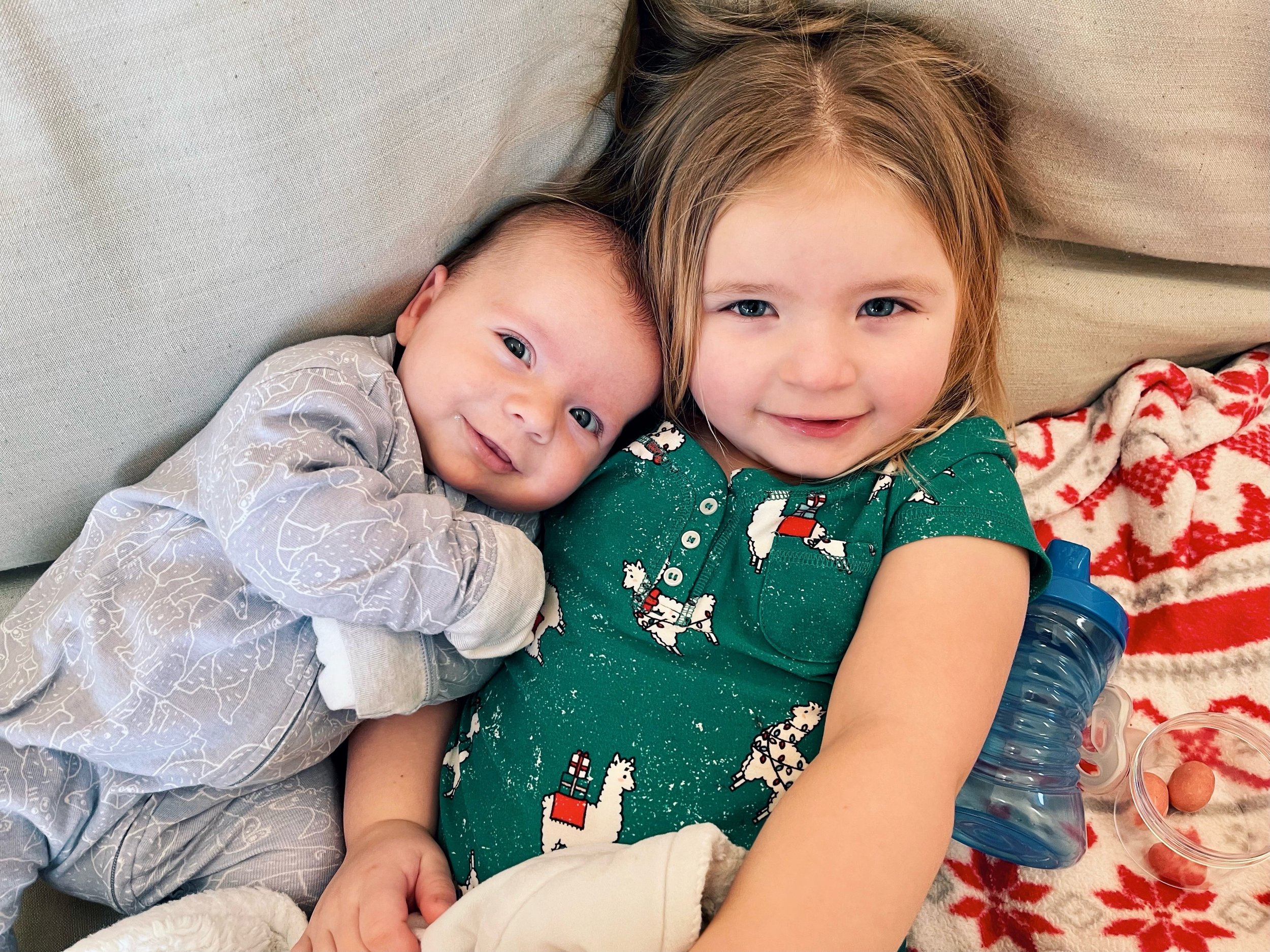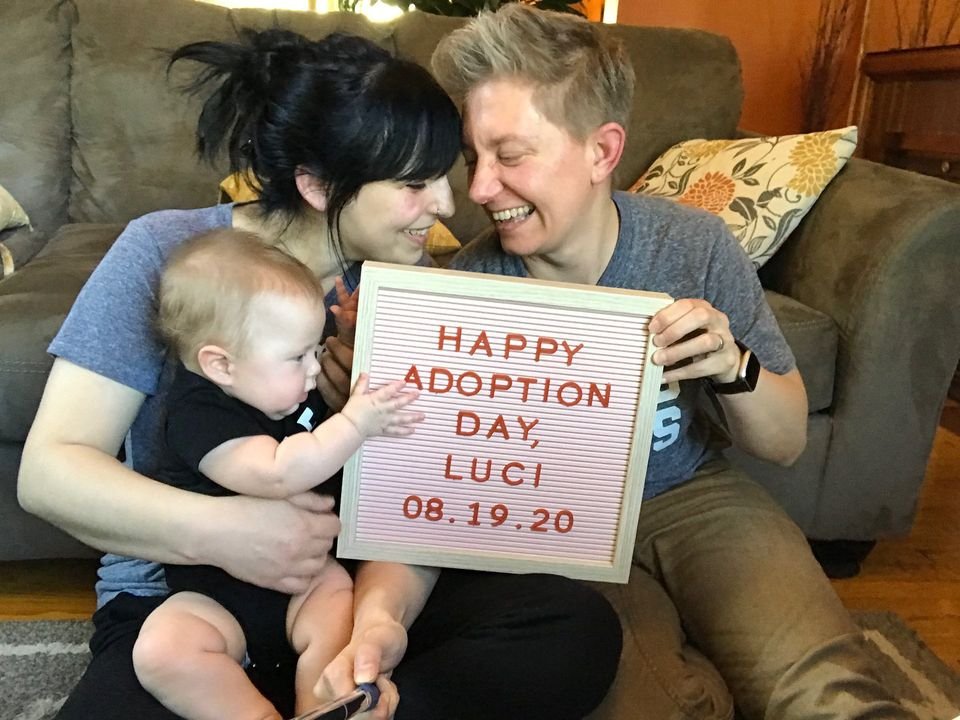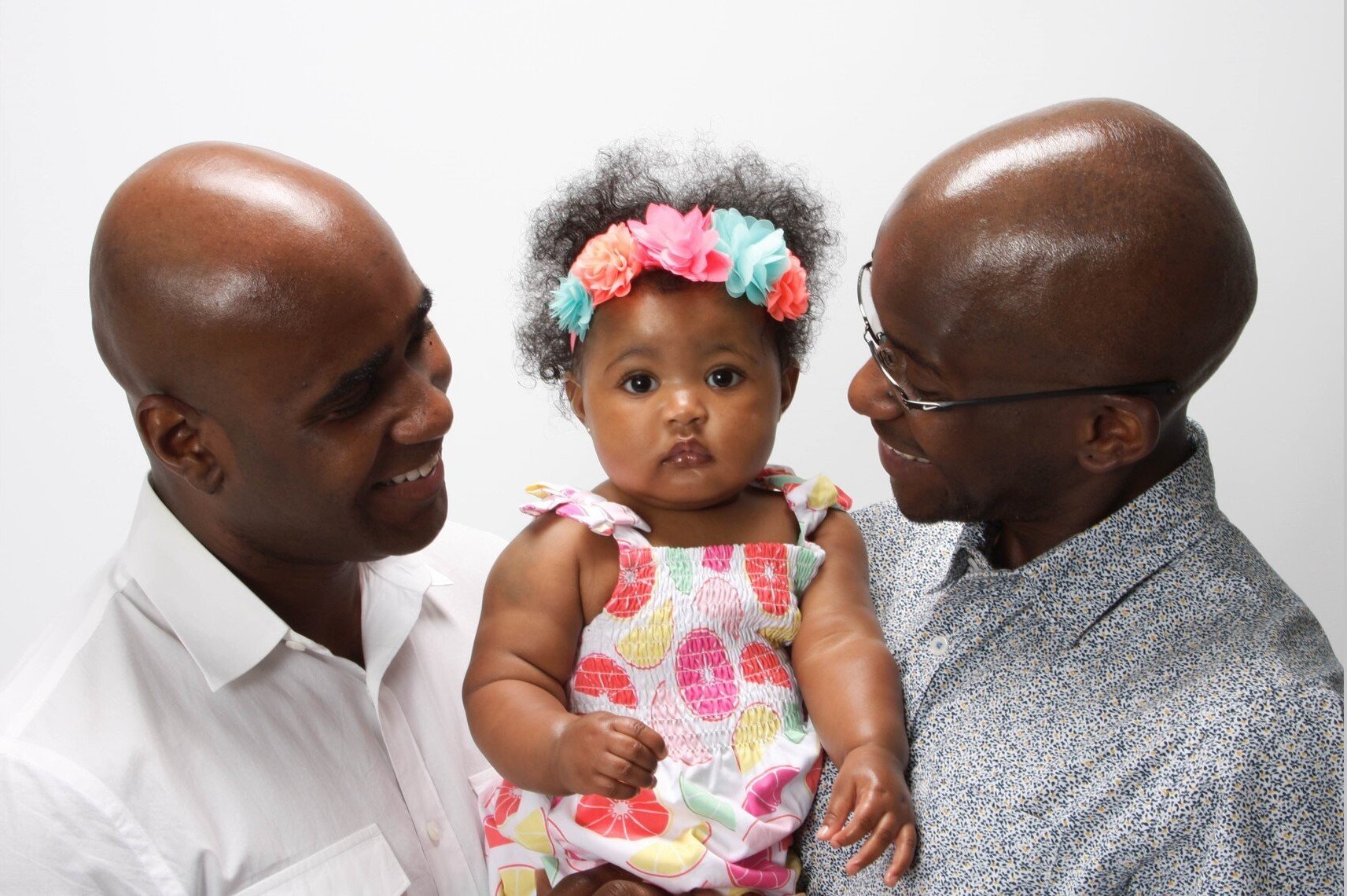Am I A Mother I Am
19 days. 456 hours. 27,360 minutes. 1,641,600 seconds.
None of them are simple numbers, easily divisible and sorted into categories. They are complex. Confusing. Difficult for my muddled brain to make sense of. None of them seem like enough. None of them can quantify moments of pure joy or relay the devastation of losing a child.
She got so excited by black and white shapes: her little legs kicking, arms flailing, eyes wide. Sometimes she’d shout at a complex pattern, enthralled by the contrast. I’ve watched the video of her doing it so many times that, in my exhaustion, I worry digital files can get worn out like a VHS. Maybe tape will start spitting out the sides of my computer and she’ll be lost to me again.
I spiral for hours, wondering what she looks like now when she gets excited, if she was scared when I left her at the agency, if she was happy when her birth mother picked her up, if I could have done something differently, if she forgot me already, if somehow my love imprinted on her, if that’s wishful thinking.
If if if.
The dog paces around the house. He whines at the nursery door that always stays shut. Does he wonder if we forgot her in there? He craved attention when she arrived, but now that she’s gone, he shies from my touch. He doesn’t have time for me, he’s anxious to find her. He lies in the empty space where her swing used to be, trying to show me she’s gone. I know, boy. I know.
The nursery has its own gravitational pull, the rest of the house orbiting around it, keeping our distance though it’s the center of our universe. But today I am a meteor, racing towards it. Cracking the door, I imagine I can still smell her. I can’t, it’s just a room that’s been closed a while. I can barely get in, it’s packed so full of baby detritus, the result of my attempt to rid us of reminders around the house. The floor is barely visible, but I wade through to pick up her strawberry blanket.
My sweet strawberry girl.
I wiped away spit up with this blanket. I know I haven’t washed it since. Desperately sniffing for a hint of her, I feel pathetic. I’m a cliché, a poster-girl for infertility. Wallowing in self-pity, I bury my face in her dirty clothes and howl and howl until the dog hides under the kitchen table. The force of this grief terrifies me, too.
No description sounds right:
Failed adoption. Ambiguous loss.
But no one failed and this grief doesn’t feel ambiguous.
One day she was here, the next she was gone. One day I am a mother, the next I am… what? She’s still out there in the world, she’s loved, I should be happy.
I’m happy.
Nineteen is an awkward number. On the edge of being something more impressive. No longer easy to comprehend, not quite fully realized.
No longer a mother, but not not a mother.
“Do you have any children?” feels complicated. I am both yes and no. I am an internal conundrum. I am broken into pieces that don’t fit. Each bit seems unknown to me. Elbow connected to knee, mouth where ears should be. I don’t know how I go together, or who I even am.
All that matters are the nineteen days she was mine.
The baby sleeping on my chest, warm weight snuggled between my breasts, nuzzling her face against my skin. The baby that loves the water, falling asleep in the bath and crying when I take her out.
Before I knew her, I loved her. Years passed sitting in the nursery waiting for her, longing for her. Again the rocker sits empty, my arms are empty, I am empty.
But any seeking of support must involve a preamble defending her birth mother. People imagine indignant anger towards her is how they should respond to my loss, and the thought repulses me. A mother needs her baby and I was never entitled to hers. She wasn’t an incubator. No choice was easy, no choice came without a twisted tangle of complexities before it.
I love the baby we both call daughter, though she’s no longer mine. She never really was, though I need to hold her in my heart. I need her close to keep surviving. I selfishly cling to my piece of her, needing to hold on to something. Anything.
I can’t let go. I can’t move on.
The rift left by her absence stretches wide between my husband and me; we can hardly see each other across the chasm. Weeks pass in loneliness. Resignation. Everyone and everything around us moves, but we are stuck.
Our entire lives have been a waiting room. Waiting on fertility doctors, test results, urologists, neurosurgeons, MRIs, therapists, social workers. Now here. Sitting in this nursery waiting to be filled, the silence so loud it screams.
We’re waiting to stop hurting. Waiting to stop missing her. Waiting to find each other again.
Waiting for what comes next.
Written by: Sophie Rhem
Published: Mom Egg Review - http://momeggreview.com/2020/09/14/am-i-a-mother-i-am-by-sophie-rhem/










